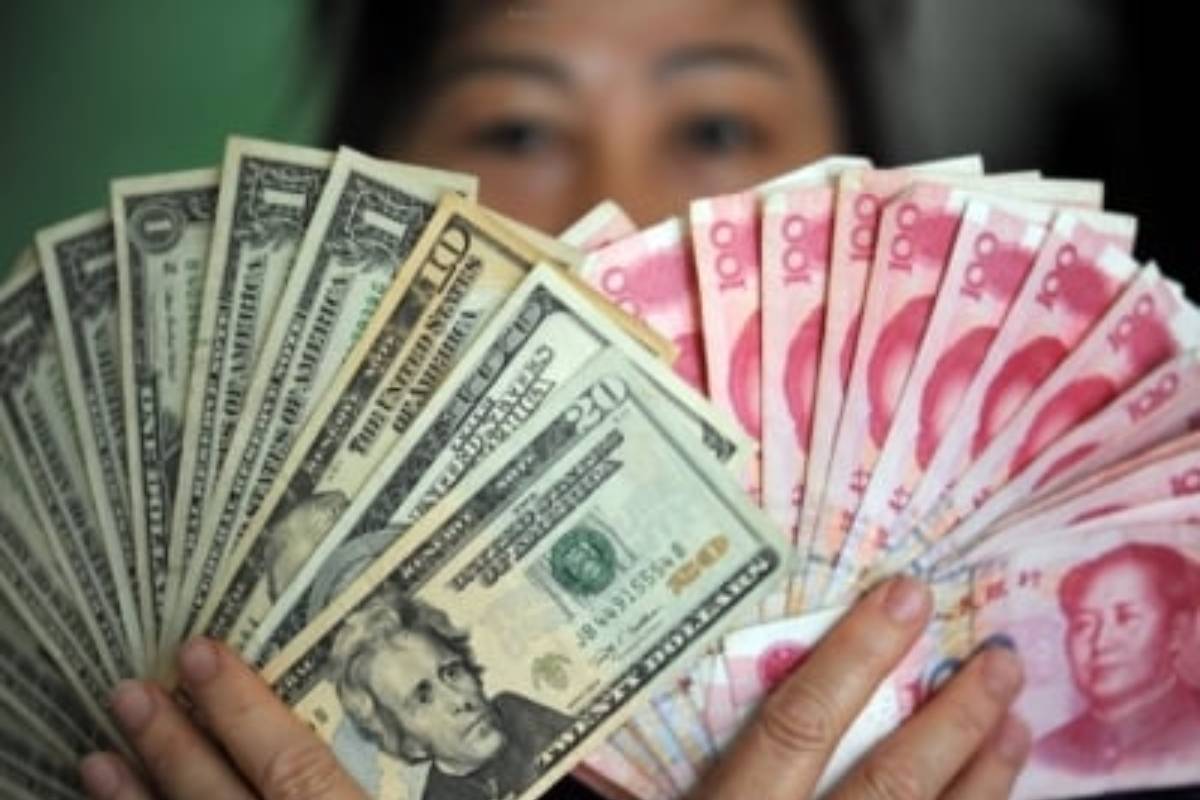Nadda accuses BJD of importing outsider for Odisha’s leadership
People have to remain cautious as BJD thinks there are no leaders in Odisha. The manner in which outsiders are being patronized by Naveen Patnaik, is a matter of grave concern, he said.
That the Chinese economy is in trouble is evident, but experts differ wildly on the country’s growth projections.

representative image (Photo:SNS)
That the Chinese economy is in trouble is evident, but experts differ wildly on the country’s growth projections. This, in turn, leads to the debate on whether China’s economic problems merely signify a temporary slump or if they are signs of a lasting, structural decline. After prognoses over the past few years that China will replace the USA as the world’s largest economy within a decade or two, a plethora of recent journal articles have appeared on ‘Peak China’, predicting that the PRC will never overtake the USA in nominal GDP terms and, in fact, may even stop growing altogether.
It is against this backdrop that the work of academics Roland Rajan and Alyssa Leng of the Lowy Institute helps narrow the range of uncertainty. They start with a growth-accounting model for China with a 6 per cent growth rate for real GDP, the pre-pandemic average, and then carefully estimate changes in the determinants of China’s growth in the years ahead. According to China expert Peter A. Petri, some factors, like demographic change, are reasonably predictable: A 1.7 per cent annual growth in China’s working-age population between 1980 and 2010 will turn into a 0.9 per cent annual decline from now till 2050. Other factors, especially those that affect the productivity of future investments, are critical but uncertain.
The latter define much of the variation in the economic outlook for China (unprecedented technological and/or geopolitical surprises are not considered). Based on conservative assumptions, the Lowy study concludes that the most likely outcome is a deceleration to 2-3 per cent average annual growth in real Chinese GDP through 2050, but doesn’t rule out rates of up to 5 per cent. These averages include higher early growth rates and declining ones later. Starting with US and Chinese GDP levels of $25.5 trillion and $17.9 trillion in 2022, with 2 per cent US and 2 per cent Chinese real growth, US GDP would be still 42 per cent larger in 2050, but with 5 per cent growth, Chinese GDP would be 58 per cent larger (assuming constant real exchange rates).
Advertisement
Inside the model, China’s low and high alternatives differ mainly in assumptions about the size, sectoral composition, and productivity of future investments, adds Petri. These, naturally, will depend on economic strategy ~ whether it remains, as now, closely held and ideologically directed, or prioritises private decisionmaking and market opportunities. That, in a sense, is the key for the ideologues running the Chinese economy who, piggybacking on Mr Xi Jinping’s rise to power starting in 2008, saw their views prevail in the CCP by 2012-13, are now in complete control.
Thus, the increased role of ideology in Beijing’s economic decision-making will be a significant factor in its attempts to rebalance its economy towards domestic demand, given exports as a share of China’s GDP peaked at 35 per cent in 2007 but had fallen to around 20 per cent by 2021, a level not seen since before China’s accession to the WTO in 2001.
Going forward, policymakers will likely attempt to build the country’s ability to supply its own semiconductors, food, and green energy sources to reduce economic dependence on the West which has created significant strategic vulnerability for the communist state. Internationally, easing off on non-productive projects while further integrating Asian economies into China’s supply chain through trade blocs such as the RCEP is very much
Advertisement